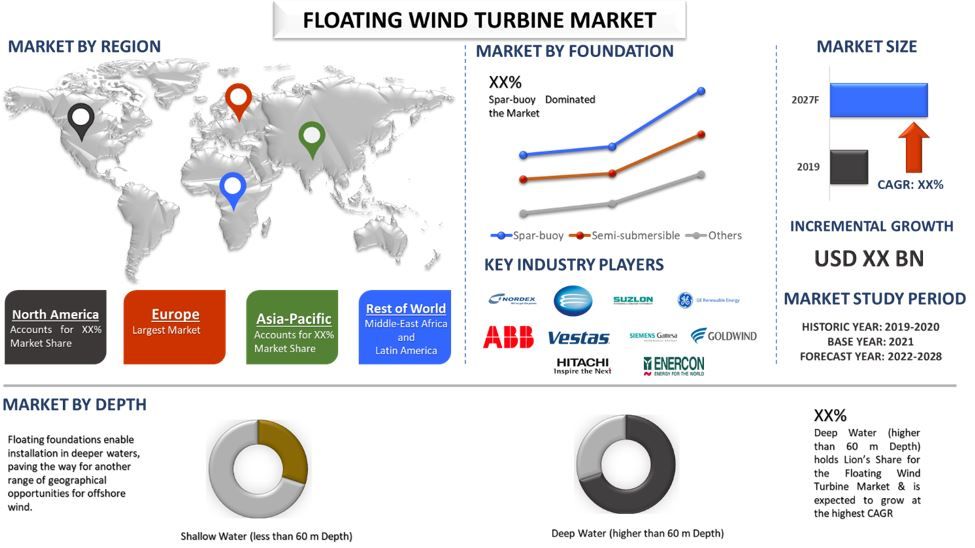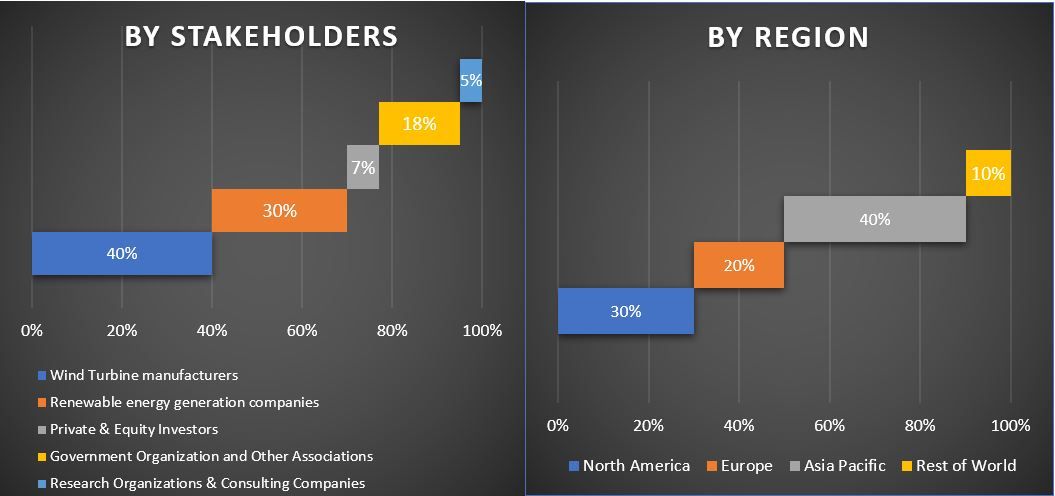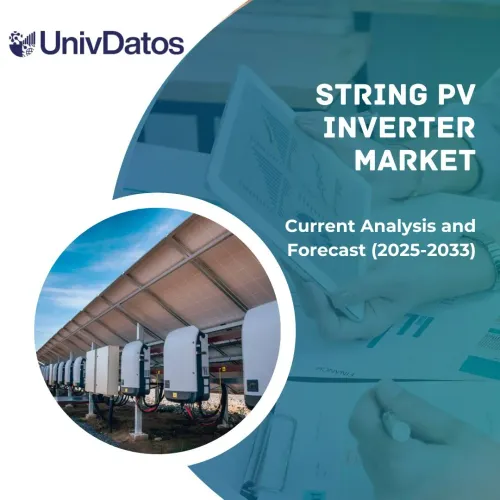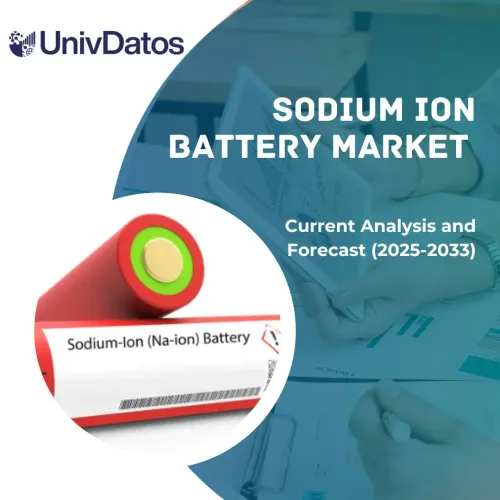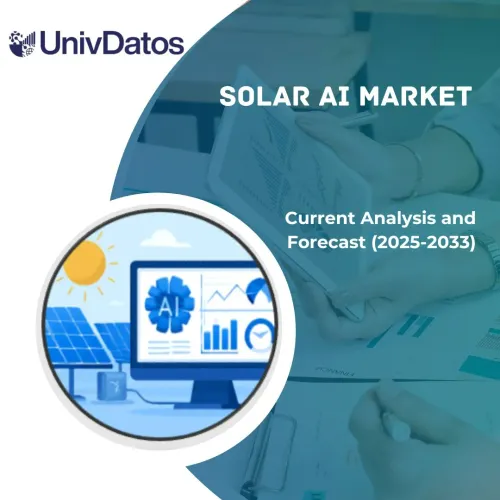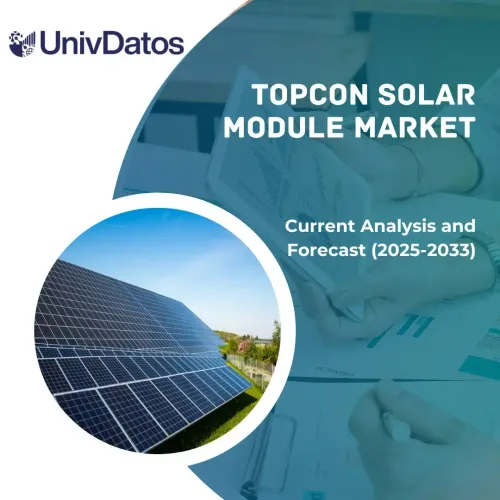- Home
- About Us
- Industry
- Services
- Reading
- Contact Us
Floating Wind Turbine Market: Current Analysis and Forecast (2021-2027)
Emphasis on Foundation Type (Spar-Buoy, Semi-Submersible, Others); Depth Type (Shallow Water, Deep Water, Deep Water); Region and Country
Floating Wind Turbine Market is expected to grow at a CAGR of 30% over the forecast period (2021-2027). Floating wind turbines are equipped with floating platforms to support the entire turbine structure & is effective anywhere in deep water where depth is more than 60 meters. The adoption of floating wind power is expected to rise owing to its operational advantages over the fixed structure installations of wind farms. Floating offshore wind projects have lower foundation requirements and deliver a higher energy yield. Floating wind farms are capable of functioning in harsh atmospheric conditions and can withstand the strongest wind flow. These installations also offer environmental benefits compared to fixed bottom structures due to their less invasive activity on the seabed during installation. The growth of Floating Wind Turbine Market expanded significantly over recent years, underpinned by higher potential of power production as compared to fixed structures, technological advancements in floating turbines, and increasing investments & favorable policies for offshore wind power generation globally. For instance, as per GWEC, as of the 2019, a total of 65.7 MW floating wind was installed globally, of which 32 MW is located in the UK, 19 MW in Japan, 10.4 MW in Portugal, 2.3MW in Norway and 2 MW in France. At present, the 2030 floating offshore wind forecast ranges from 3 GW to nearly 19 GW, depending on how quickly LCOE can be brought down to an affordable level and its adoption by new markets.
Other factor driving the growth of the Floating Wind Turbine Market globally is high focus of the companies worldwide to make much more technologically enabled & cost-efficient turbines.
Nordex SE, Siemens Gamesa Renewable Energy SA, Vestas Wind Systems A/S, Goldwind, ABB Ltd, Ming Yang Smart Energy Group Co. etc. are some of the prominent players operating in the Global Floating Wind Turbine Market. Several M&As along with partnerships have been undertaken by these players to facilitate countries with more innovative Floating Wind Turbine applications.
Insights Presented in the Report
“Amongst foundation type, Spar-buoy segment holds the major share.”
Based on foundation type, the market is segmented into Spar-buoy, Semi-submersible and Others. The Spar-buoy segment grabbed XX% market share of the Global Floating Wind Turbine Market and gathered revenue of USD XX billion in 2020. The segment is expected to grow at a CAGR of XX% during the forecast period to reach a market valuation of USD XX billion by 2027 due to its simple design which can be easily fabricated. In addition, spar-buoy involves few number of welds and complicated components unlike semi-submersible-platform.
“Amongst depth type, Deep Water (higher than 60 m Depth) segment dominated the market in 2020.”
Based on depth, the market is segmented into Shallow Water (less than 60 m Depth) & Deep Water (higher than 60 m Depth). In 2020, the Deep Water (higher than 60 m Depth) segment dominated the Floating Wind Turbine Market and accounted for XX% market share. This segment will witness a considerable CAGR of XX% during the forecast period (2021-2027F) as installation of deep-water turbine offers large area with no constraint of water depth which aids in selecting the best site for power generation & also has more potential to generate higher energy yields for the offshore wind farm.
“Europe represents as the largest market in the Global Floating Wind Turbine Market.”
For a better understanding of the market adoption of Floating Wind Turbine, the market is analyzed based on its worldwide presence in the countries such as North America (United States, Canada, Rest of North America), Europe (Germany, France, Italy, Spain, United Kingdom, Norway, and Rest of Europe), Asia-Pacific (China, Japan, India, Australia, South Korea, and Rest of APAC), and Rest of World. Europe constitutes the largest market for the industry and generated revenue of USD XX billion in 2020 on account of the largest share of offshore wind power installed capacity as well as floating wind farms in 2020 & favorable government policies in countries, such as UK, Norway, France, Portugal, which are driving clean energy usage.
Reasons to buy this report:
- The study includes market sizing and forecasting analysis validated by authenticated key industry experts
- The report presents a quick review of overall industry performance at one glance
- The report covers an in-depth analysis of prominent industry peers with a primary focus on key business financials, product portfolio, expansion strategies, and recent developments
- Detailed examination of drivers, restraints, key trends, and opportunities prevailing in the industry
- The study comprehensively covers the market across different segments
- Deep dive regional & country-level analysis of the industry
Customization Options:
The Global Floating Wind Turbine Market can further be customized as per the requirement or any other market segment. Besides this, UMI understands that you may have your own business needs, hence feel free to connect with us to get a report that completely suits your requirements.
Table of Content
Analyzing the historical market, estimation of the current market, and forecasting the future of the Global Floating Wind Turbine were the three major steps undertaken to create and analyze the adoption of Floating Wind Turbine across various segments in North America, Europe, Asia Pacific, & Rest of the world. Exhaustive secondary research was conducted to collect the historical market numbers and estimate the current market size. Secondly, to validate these insights, numerous findings and assumptions were taken into consideration. Moreover, exhaustive primary interviews were also conducted, with industry experts across the value chain of the Floating Wind Turbine sector. Post assumption and validation of market numbers through primary interviews, we employed a bottom-up approach to forecast the complete market size. Thereafter, market breakdown and data triangulation methods were adopted to estimate and analyze the market size of segments and sub-segments the industry pertains to. Detailed methodology is explained below:
Analysis of Historical Market Size
Step 1: In-Depth Study of Secondary Sources:
Detailed secondary study was conducted to obtain the historical market size of the Floating Wind Turbine through company internal sources such as annual report & financial statements, performance presentations, press releases, etc., and external sources including journals, news & articles, government publications, competitor publications, sector reports, third-party database, and other credible publications.
Step 2: Market Segmentation:
After obtaining the historical market size of the Floating Wind Turbine Market, we conducted a detailed secondary analysis to gather historical market insights and share for different segments & sub-segments for major regions. Major segments included in the report are as foundation, and depth. Further regional & country-level analyses were conducted to evaluate the overall adoption of the Floating Wind Turbine in the global context.
Step 3: Factor Analysis:
After acquiring the historical market size of different segments and sub-segments, we conducted a detailed factor analysis to estimate the current market size of Floating Wind Turbine. Further, we conducted factor analysis using dependent and independent variables like burgeoning global warming rates and global need for clean energy sources like Floating Wind Turbine. Historical trends and their year-on-year impact on the market size and share in the recent past was analyzed. Demand and supply side scenario was also thoroughly studied.
Current Market Size Estimate & Forecast
Current Market Sizing: Based on actionable insights from the above 3 steps, we arrived at the current market size, key players in the Global Floating Wind Turbine Market, and market shares of the segments. All the required percentage split, and market breakdowns were determined using the above-mentioned secondary approach and were verified through primary interviews.
Estimation & Forecasting: For market estimation and forecast, weights were assigned to different factors including drivers & trends, restraints, and opportunities available for the stakeholders. After analyzing these factors, relevant forecasting techniques i.e., bottom-up approach was applied to arrive at the market forecast to 2027 for different segments and subsegments across the major regions globally. The research methodology adopted to estimate the market size encompasses:
- The industry’s market size, in terms of value (US$) and the adoption rate of Floating Wind Turbine across the major markets
- All percentage shares, splits, and breakdowns of market segments and sub-segments
- Key players in the Floating Wind Turbine Market in terms of services offered. Also, the growth strategies adopted by these players to compete in the fast-growing market.
Market Size and Share Validation
Primary Research: In-depth interviews were conducted with the Key Opinion Leaders (KOLs) including Top Level Executives (CXO/VPs, Sales Head, Marketing Head, Operational Head, and Regional Head, Country Head, etc.) across major countries. Primary research findings were then summarized, and statistical analysis was performed to prove the stated hypothesis. Inputs from primary research were consolidated with secondary findings, hence turning information into actionable insights.
Split of Primary Participants in Different Regions
Market Engineering
Data triangulation technique was employed to complete the overall market estimation and to arrive at precise statistical numbers of each segment and sub-segment of the Global Floating Wind Turbine Market. Data was split into several segments & sub-segments post studying various parameters and trends in the areas of foundation, and depth verticals.
The main objective of the Floating Wind Turbine Market Study
The current & future market trends of Floating Wind Turbine were pinpointed in the study. Investors can gain strategic insights to base their discretion for investments from the qualitative and quantitative analysis performed in the study. Current and future market trends determine the overall attractiveness of the market at a global & country level, providing a platform for the industrial participant to exploit the untapped market to benefit as a first-mover advantage. Other quantitative goals of the studies include:
- Analyze the current and forecast market size of Floating Wind Turbine in terms of value (US$). Also, analyze the current and forecast market size of different segments and sub-segments
- Segments in the study include areas of foundation, and depth verticals
- Defined analysis of the regulatory framework for the Global Floating Wind Turbine industry
- Analyze the value chain involved with the presence of various intermediaries, along with analyzing customer and competitor behaviors of the industry
- Analyze the current and forecast market size of the Floating Wind Turbine for the major regions & countries
- Major regions studied in the report include North America, Europe, Asia Pacific, and Rest of World
- Company profiles of the Floating Wind Turbine Market players and the growth strategies adopted by them to sustain in the fast-growing market
- Deep dive regional & country level analysis of the industry
Related Reports
Customers who bought this item also bought

